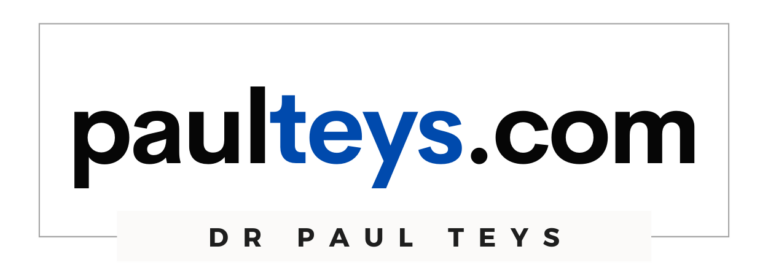
Running a school is strikingly similar to running a business
When I first formed an image of myself as a school principal, I had visions of leading teaching and learning, managing curriculum development, and ensuring that the broad co-curricular programs were in place so that all students could have the best possible outcomes for their time in my school.
Associating the work of a Chief Executive Officer (CEO) with a school principal’s role did not come into my thinking or ‘across my desk.’
It didn’t take long for me to realise that I couldn’t provide the very best for students and teachers if I couldn’t run my school as a successful business. My first school had an annual budget of more than $20M, over 150 staff and 1,200 students, which was in the late ’90s.
I came to know and understand that principals in independent schools in Australia are CEOs. My own experience bears this to be absolutely true; there is no equivocation on my part or that of the four case-study principals involved in my doctoral research.
Being a principal in an independent school in Australia is a complex and demanding role. It is multi-faceted and carries responsibilities akin to that of the CEO of a medium-sized, not-for-profit company or corporation in Australia. There are no shareholders in not-for-profit companies, but there are many stakeholders in schools.
An independent school principal is expected to effectively discharge all the responsibilities of a CEO, be answerable to the school board and carry overall accountability for the organisation’s operations and outcomes. Principals are required to enact their role according to a typical representation found in the literature, that of an educational leader and a CEO of a not-for-profit company. The nexus of these two conceptions makes the role unique in this country. Blackwood (2019) claims that the role of the principal of an independent school in Australia is often compared to that of CEO of an ASX200 company.
Independent schools in Australia are businesses run like any business or corporation; they must be financially viable and deliver services and benefits that the customer (parents and students) wants; otherwise, their viability is at risk.
The parallels can be drawn between a principal, regarded by their boards as a Chief Executive Officer (CEO) and the CEO of a not-for-profit company. As a principal, I was the CEO, the most senior executive, responsible for the overall success of my school as a business. The buck stopped with me. I was the ultimate decision-making authority, with proper input from the board and my executive leaders on major decisions.
I have observed throughout my time as a principal that many of my colleagues were reluctant to be compared to a CEO, preferring to be viewed as the educational leader, pedagogical leader, instructional leader, and a rash of other adjectival leaderships that relate to teaching and learning. Well, that is a big part of the role. Still, independent schools in Australia are businesses, run like any business or corporation – they must be financially viable and deliver services and outcomes that teachers, parents, and students want.
As a CEO, the principal is the head of the executive team and manages the day-to-day operations of the school, its people, and resources. The principal, like the CEO, implements the strategy approved by the board and ensures that the organisation’s structure and processes meet the strategic and cultural needs of the organisation (AHISA, 2011).
Under company law, businesses cannot operate unless they are solvent, which means the business can pay its debts when they fall due for payment. Schools are no different, and I was judged the same way. The school has to generate enough revenue through government funding and fees paid by parents to meet the operational expenses: salaries; interest on borrowings; tuition related expenses; utilities and insurances; administration costs; technology and infrastructure; capital expenses, and asset development.
Simpson (2021), writing in The Australian Financial Review, claimed that big schools are big businesses and need to be run accordingly. Going further to add that its time educators saw it as such and ceased their preciousness over the issue.
Many parallels can be drawn between the CEO in the corporate world and that of the independent school principal.
Learn more about becoming a principal of an independent school in my new book: https://ambapress.com.au/products/so-you-want-to-be-a-principal
References
AHISA. (2011). AHISA’s Model of Autonomous School Principalship. Retrieved from http://www.ahisa.edu.au/wp-content/uploads/2011/04/Principalship-Model-Oct2011-Final1.pdf
Blackwood, B. (2019, June 14). What it takes to lead. Retrieved from https://www.afr.com/policy/health-and-education/what-it-takes-to-lead-20190612-p51wwz
Simpson, J. (2021). Retrieved from https://www.afr.com/work-and-careers/education/big-schools-are-big-businesses-and-need-to-be-run-accordingly-20211121


